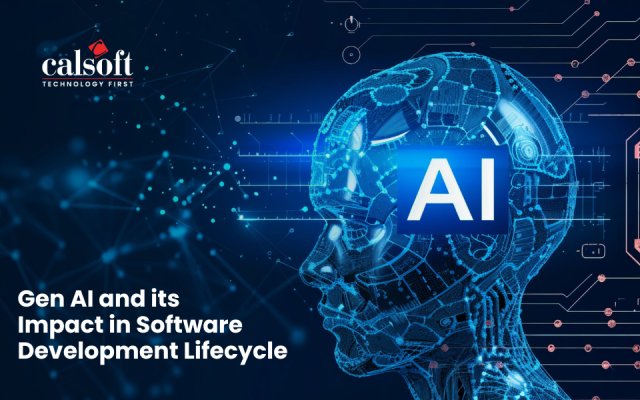The world of software development has become more varied, innovative, and fast-paced now than ever, the one reason being software runs the world. In essence, pretty much every product out there is a software product or, at least, has software somewhere in its core. There is no dearth of opportunity to grow professionally if you’re a talented software engineer.
But the world of software development is large, as are the roles and responsibilities in it. It is quite common to see individuals wanting to walk down the development path to become successful and well-reputed coders. Then some walk down the path of product engineering. But aren’t a software developer and a product engineer the same thing? Are these the same path, or is there a difference that must matter to those building their careers?
The differences between a product engineer and a software developer are quite subtle. While both work on code, let’s try to understand the difference with an analogy. A product engineer, in our opinion, is like a Michelin Star chef. The chef cooks to an extremely high standard and uses the ingredients at hand creatively to come up with exciting new dishes. These chefs know what their customers want. They understand their palates perfectly. They also know that not everyone is their audience and thereby they cater with confidence to their clientele.
A product engineer, much like this chef, plays with the tools at their disposal to understand the explicit and implicit needs of the market and use the technological prowess with domain knowledge to develop software products that leave an impact.
A developer, on the other hand, can afford to take functional specifications and use the same to deliver high-quality code, sort of like how a Michelin-starred recipe is replicated.
But how can one decide if they want to walk the path of product engineering?
From innovation to engineering
Product engineers are not just excited by technology but are excited about innovation. They are equally excited about new product innovation as they are about identifying opportunities for product optimization or re-engineering products to make them more relevant. They are the wizards who control technologies and make them work according to their demands and are focused on everything from innovation to engineering.
Product engineers are essentially critical thinkers and problem solvers who want to work on developing impactful software products using a variety of technology choices and development methodologies. “Code it and forget it”, is not a mantra that a product engineer lives by.
Solve business problems
Product engineers have a thirst to leverage technologies to leapfrog user/human problems. The best product engineers go beyond the foundational knowledge of “how” to build software products (something you learn in school) and focus on “why” to build a product.
They know how to use their technical knowledge to solve actual business problems by building business understanding, extrapolating possible implications for the product, capably thinking of the product in abstraction, and engineering the right solution.
Great product engineers don’t set out to simply build great products. They set out to solve business problems by building great products.
Growth mindset
Nothing is stationary in the world of software development. New technologies are influencing application and solution development. Development methodologies are evolving. Business problems are becoming more complex and demand more creativity.
Given this accelerating pace of change in this universe, one is only as successful as one’s passion to learn.
Product engineers are curious people with a yearning to learn new things. Be it learning a new technology, a new development approach, a new way to solve a problem, or creatively using technology, or extending technology tools to do more…a product engineer is on a continuous learning path. They are also the people who remain unfazed by failure and believe that these are nothing more than learning opportunities.
Detail-oriented and result-driven
Product engineers are detail-oriented people. They look at developing a concrete understanding of what an end-product should achieve and are laser-focused on reaching that goal.
They move along the path of development only after building an understanding of the target demographic, the market, the client expectation, the technicalities, the data, the problem it is supposed to solve, and many such considerations. However, the ultimate objective is to build the product such that it works brilliantly when the user uses it. For product engineers, the intent is important, but the actions that quantify that intent are more valuable. As such, they want detail and precision in seeking and providing information so that the outcome, i.e., the product, works as desired.
Product engineers also have a proactive strategy to make sure that the lack of a backup plan doesn’t impede the speed of development. They identify all possible uncertainties and always have a plan of action to mitigate them. They are also excellent communicators and listeners since these two play a vital role in the solution designing, development, and deployment process. So, while a software developer will build functionality, use case/ business logic on top of the framework, the product engineer will be the one deciding the core components on which the developer will work.
Walking down the product engineer path needs deep technical knowledge balanced with critical power skills like empathy, understanding, collaboration, communication, resilience, and more. So, do you think you have a product engineer hidden in you? Connect with us, we can help you figure that out, and if product engineering is your game where better to hone your craft than Calsoft?






